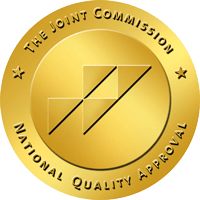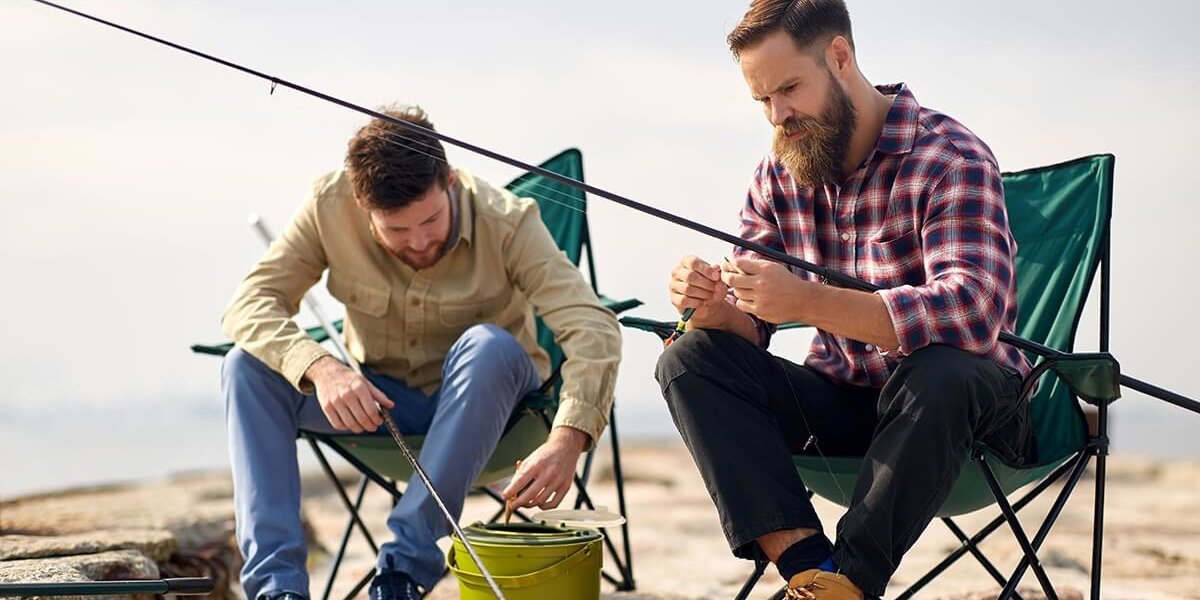Each person has a different path that leads them to develop an addiction. Even two people snorting cocaine will display different behaviors and attitudes. The same is true once they commit to undergoing treatment. One person may do well with traditional approaches. On the other hand, another individual may need to take a holistic approach to treatment. Holistic treatment seeks to treat the whole system and heal the mind, body, and spirit. For example, outdoor therapy may be used alongside therapies in one’s rehabilitation plan.
What is Outdoor Therapy?
Using outdoor activities can support growth experiences when a person goes through addiction recovery. Rock climbing, white water rafting, and other activities take challenges found in nature to help a person make fundamental changes.
The goal of this therapy is to provide a person with skills and opportunities. They apply what they learn when dealing with difficult situations away from therapy. These experiences also enhance the recovery process.
Valuable lessons gleaned from outdoor activities include:
- Developing a deeper connection with the outside world
- Understanding teamwork and trusting others
- Gain a healthy approach to control
- Increasing self-esteem
- Believing in one’s ability to overcome obstacles
Another essential tool during recovery is taking responsibility for one’s actions. Outdoor therapies teach a person how to do this. They also understand that their actions have an impact on others.
The Philosophy of Outdoor Therapy
A strong connection between leisure time and substance abuse describes the underlying philosophy of using outdoor activities for therapy. Often misunderstood, the progression from casual use to full-blown addiction is a progression. To illustrate this progression, consider these four steps:
Step 1: Social Use
Drinking alcohol or taking drugs usually begins during leisure activities. Experiencing the positive effects on their mood encourages repeated use. Correspondingly, the brain associates leisure time with substance abuse.
Step 2: Goal-Oriented Social Use
This step reinforces the use of alcohol or drugs in social settings. Soon, looking for happiness through substances replace the joys of healthy activities.
Step 3: Dependence
Now, the person is dependent on substances for more than the happy feelings they once enjoyed. They completely abandon healthy leisure activities for the positive effects of alcohol or drugs. While they face negative consequences, the risks are not enough for them to quit.
Step 4: Addiction
This final step requires drinking alcohol or using drugs to feel normal. A person must sustain the euphoria. Additionally, they need to avoid psychological and physical withdrawal symptoms.
Integrating Outdoor Therapy with Addiction Treatment
Outdoor therapy addiction programs complement other more traditional addiction therapy services. To give a few examples, traditional rehab plans often include behavioral therapies, group therapy sessions, and individual counseling sessions. A person learns healthy coping skills in both treatment settings. Accordingly, they develop better ways of dealing with disappointment, confusion or other emotions that may trigger substance use.
Integrating traditional addiction treatments with outdoor therapies takes a holistic approach to recovery. Fear of looking foolish or failing after trying an outdoor activity for the first time is understandable.
However, it is important to accept that taking risks is part of the recovery process. The person willing to move past their fears can learn more about themselves.
Begin Your Outdoor Adventure at Pillars Recovery
Pillars Recovery offers a range of outdoor activities for you to have an individual journey towards recovery. We work with you to develop a treatment strategy with activities such as:
- Canoeing
- Camping
- Day hiking
- Rock climbing
- Ropes courses
Get ready to engage in positive treatments that take the “boring” out of rehabilitation and recovery. Call us today at 866.782.0247 to gain the confidence you need for lifelong sobriety.







